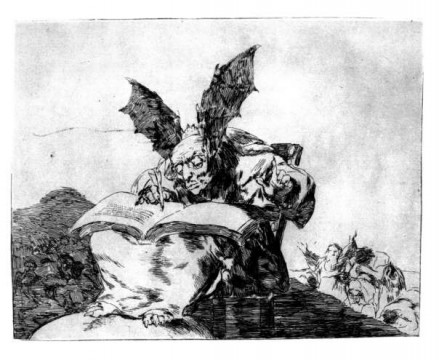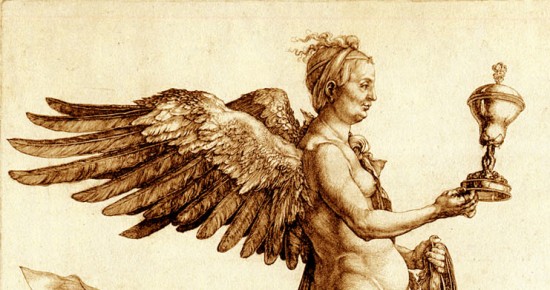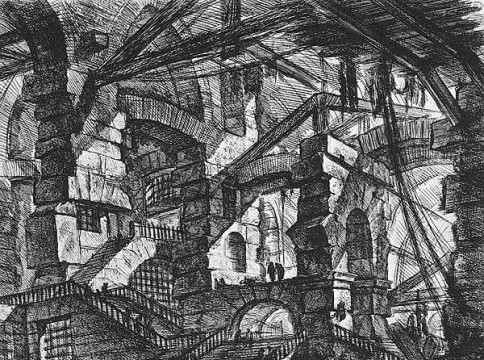In Your Dreams
Friday, a friend and I made the trek to the Detroit Institute of Arts to see In Your Dreams, a 120-print exhibit about the “life of the imagination.”
I got sucked in by promotional teasers of whimsical lands. There were giants, trolls AND winged humans.
Fantastical creatures? Bring it.
They had me at “life of the imagination.”
***
Since I’m not an art aficionado (I had to look up how to even spell that), what gets me about art is almost never the piece of art alone.
It’s the pre and post-stuff–the reason the artist produced it, the emotion that inspired it, the impact of it’s message.
It’s the “why” I should care, the “if” it’s significant.
It’s the story.
THREE ARTISTS WORTH A BLURB
1. Mr.Goya
What caught my interest: The “Disasters of War” series in which Goya sometimes used winged creatures (like the one above) to depict destruction.
The artist’s story: Twice Goya became fatally ill, and as a result, lost his hearing. These health issues launched Goya into a stage of personal darkness, which carried over into his art (for example, the Black Paintings).
But Goya’s own hardship ultimately helped him identify with the suffering. And, in some ways, he quickly became their champion. His last series, created of his own will (rather than commissioned) was a protest against the violence of war that highlighted the suffering of victims.
Check out the Third of May 1808: The Execution of the Defenders of Madrid, in which Goya’s victim is portrayed in glowing white with outstretched arms like the crucified Christ here.
2. Mr. Durer
What caught my interest: Though better known for his famous “praying hands,” during Catholic Albrecht Durer’s last years, his work was influenced by the teachings of Martin Luther.
His story: Calling Martin Luther “that Christian man who has helped me out of great anxieties,” Durer was a sympathizer to the Reformation who listened to sermons delivered by Luther’s mentor when he was in Nuremberg. Durer dreamed to do a print of Luther, but was never able to due to circumstances. Instead, Durer found himself praying for the Reformer after Luther disappeared following the Diet of Worms.
To see a detailed image of his Melancholia, check this out.
3. Mr.Piranesi
What caught my interest: Piranesi’s drew a set of sketches depicting imaginary prisons. In them, he used illusion to project endless mazes someone could eternally wander without ever finding an exit. Some suggested he drew them to illustrate what a “prison” the human mind can become.
His story: Piranesi formally studied architecture and set design, but found the most success in creating imaginary structures. In his early work, Piranesi was fascinated by the splendor of Rome, causing Time Magazine to say of him, “No artist ever possessed a city more ravenously than Giovanni Battista Piranesi did Rome.” He was known for capturing and projecting a “sense of epic” in the world around him, often depicting literal buildings as taller and grander than they actually were (Check out his drawing of the Molle bridge outside of Rome to get the idea). This was so much the case that a variation of his last name, Piranesian, came to be synonymous for grandeur in the art community.
He believed devoted citizens of Rome were called to champion glory and therefore insisted, even in the last hours of his life, to be busy about his artwork.
There are multiple examples of his prisons online, but here are just two to check out: Image 1, Image 2.



